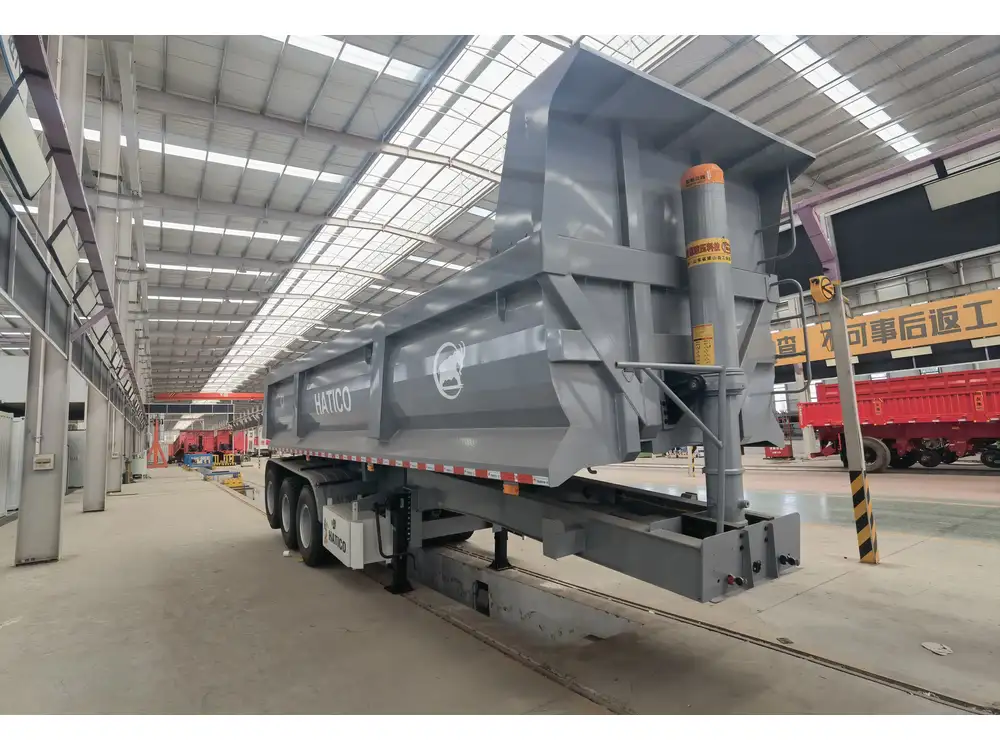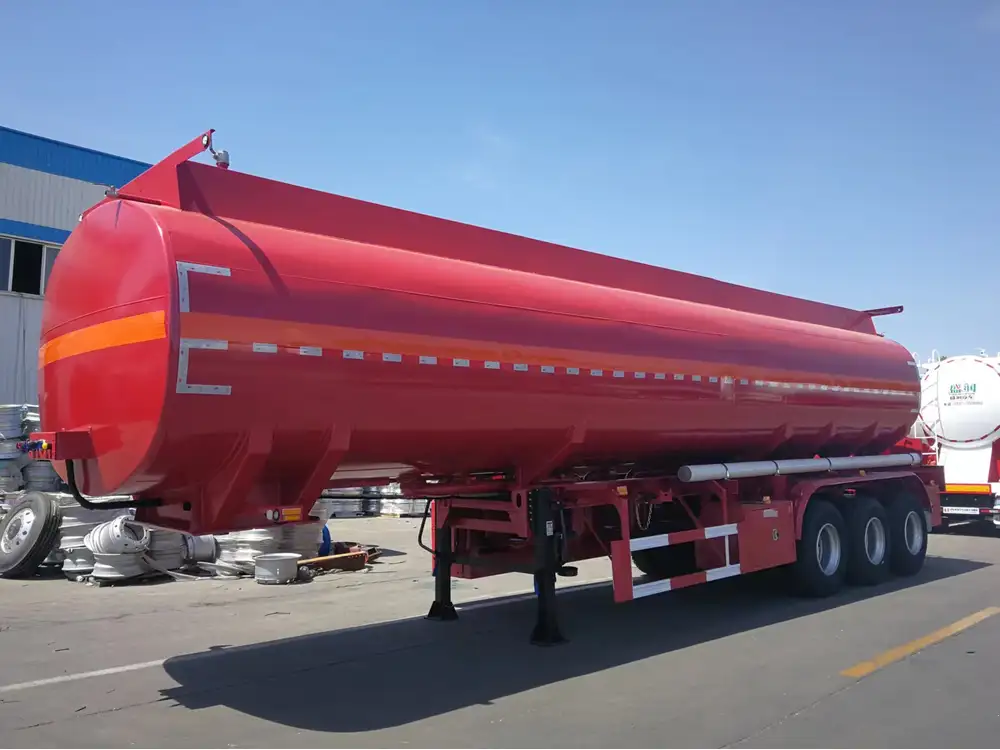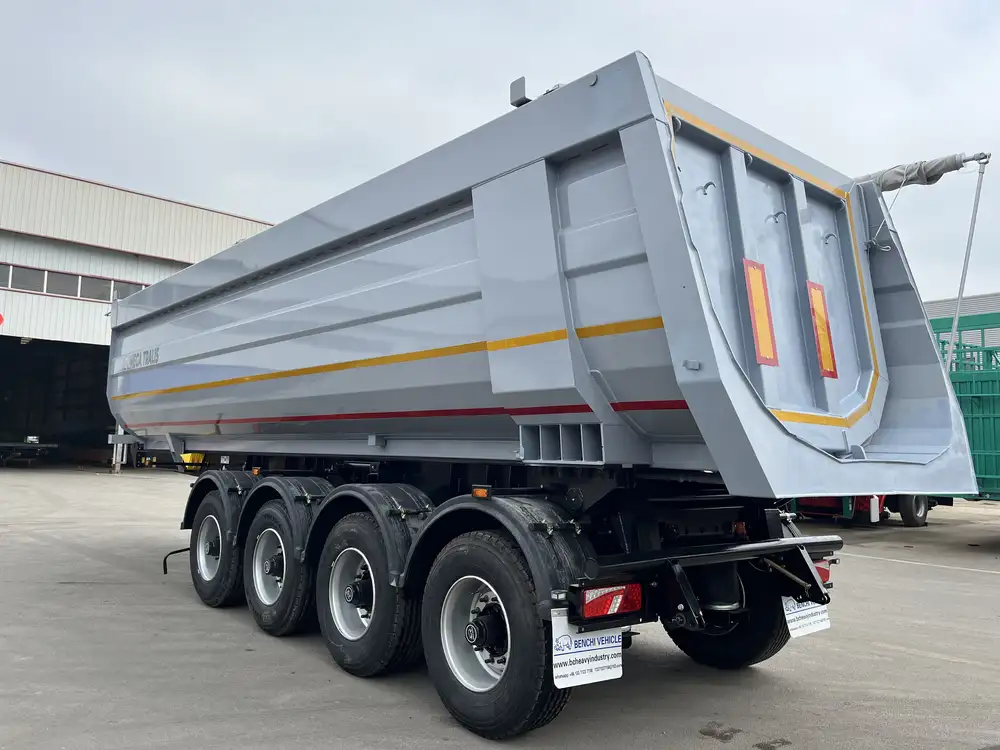Changing the kingpin on a Benson flatbed trailer is a vital maintenance task that can ensure the longevity and efficiency of your trailer unit. The kingpin serves as a pivotal attachment point between the tractor and the trailer, bearing heavy loads and ensuring stability during transit. In this detailed guide, we will walk you through the entire process of replacing a kingpin, highlighting essential tools, best practices, and common pitfalls to avoid.
Understanding the Kingpin Assembly
Before we dive into the replacement process, let’s briefly explore what a kingpin assembly entails:
| Component | Description |
|---|---|
| Kingpin | The vertical pin that connects the trailer to the tractor. |
| Kingpin Plate | A steel plate attached to the trailer’s front end. |
| Locking Mechanism | A device that secures the kingpin in place. |
| Wear Ring | A component that can wear down over time, necessitating replacement. |
Tools Required for Replacement
To successfully change the kingpin on your Benson flatbed trailer, ensure you have the following tools readily available:
- Hydraulic jack and jack stands
- Kingpin puller
- Wrench set (including adjustable wrenches)
- Socket set
- Torque wrench
- Hammer
- Pry bar
- Safety goggles
- Gloves

Step-by-Step Process for Changing the King Pin
1. Preparation and Safety Precautions
Before commencing with the replacement, ensure that you are equipped with all necessary tools and safety gear:
- Ensure the trailer is parked on a flat, stable surface.
- Engage the parking brake to prevent any movement.
- Wear safety goggles and gloves to protect yourself during the process.
2. Raise the Trailer
Utilize a hydraulic jack to lift the trailer:
- Position the jack under the trailer in front of the axles, making sure to lift the trailer by its frame.
- Once the desired height is achieved, place jack stands underneath for stability and safety.

3. Remove the Existing Kingpin
The removal process can be tricky; follow these steps closely:
Step 3.1: Disconnect any related components
- Unhook any airlines or electrical connections that may be interfering with the kingpin assembly.
Step 3.2: Remove the Kingpin Lock
- Locate the locking mechanism securing the kingpin.
- Use the appropriate wrench or socket to detach it.

Step 3.3: Extract the Kingpin
- With the kingpin puller in hand, position it around the kingpin itself, ensuring a snug fit.
- Gradually apply pressure using the hydraulic mechanism on the puller until you hear a click, indicating the kingpin is loosening.
- Pull the kingpin out completely and set it aside for disposal.
4. Inspecting the Kingpin Housing
After removing the old kingpin, inspect the housing and associated components:
- Check for excessive wear on the wear ring and kingpin plate.
- Examine for rust, cracks, or any signs of damage. If any damage is detected, consider replacing those components before installing a new kingpin.
5. Install the New Kingpin
The installation of the new kingpin must be performed correctly to ensure secure attachment and stability:
- Lubricate the new kingpin lightly with grease to ease installation.
- Slide the kingpin into the housing, ensuring it sits flush with the kingpin plate. This is critical for proper alignment.

6. Secure the Kingpin
With the kingpin in place, it’s time to secure it:
- Reattach the locking mechanism, ensuring it is snug and tight with the appropriate torque specifications listed in your trailer’s manual.
- Utilize a torque wrench to apply the necessary torque, avoiding over-tightening which could damage the components.
7. Reconnect Any Detached Components
Once the kingpin is securely in place, reconnect any electrical or air lines that were detached during the removal process:
- Double-check that all connections are secure and functional.
8. Lower the Trailer
With the new kingpin installed and everything reconnected:
- Carefully lower the trailer by removing the jack stands first, then gradually lowering the hydraulic jack.
- Ensure that the trailer settles properly without shifting.

9. Testing the New Kingpin
After the installation completes, perform a thorough check:
- Visual Inspection: Inspect the area to ensure everything looks correctly positioned.
- Functionality Test: Before taking the trailer on a long journey, connect it to a tractor and perform a test drive. Listen for any odd noises and ensure that the connection feels stable.
Common Pitfalls to Avoid
While changing a kingpin may seem straightforward, there are pitfalls often encountered:
- Neglecting Safety Measures: Always prioritize safety by using appropriate tools and gear.
- Ignoring Wear and Tear: Failing to inspect the wear ring and other components can lead to repeated problems shortly after installation.
- Improper Tightening: Over-tightening can damage the components while under-tightening can cause instability.
Conclusion
Changing the kingpin on a Benson flatbed trailer is a crucial maintenance step that should not be overlooked. By following this comprehensive guide, we can ensure that your trailer remains safe, reliable, and efficient for all your transportation needs. Regular inspections and proper care can extend the life of your kingpin and trailer, ultimately leading to fewer repairs and downtime.

Additional Resources
For further information or assistance regarding trailer maintenance, consider these resources:
- Benson Trailer’s official maintenance manuals and safety guides.
- Online forums for truck and trailer owners for shared advice and experiences.
- Consulting a professional mechanic specializing in trailer repairs for complex issues.
Equipped with the right knowledge and tools, maintaining your Benson flatbed trailer can lead to improved performance, safety, and longevity on the road.



